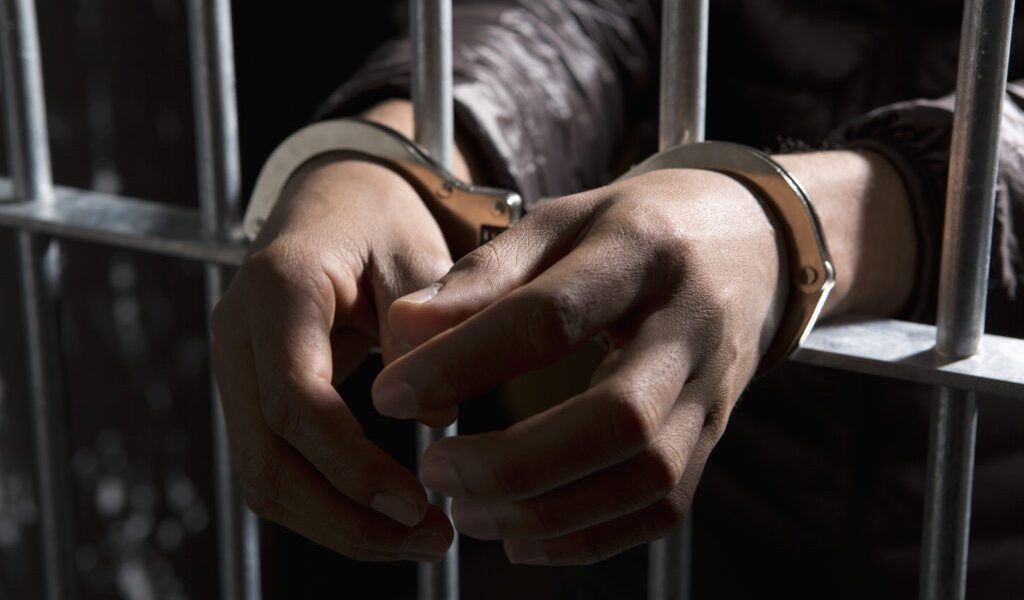
- February 6, 2023
- |Concise Law Reports (CLR), Criminal Law And Procedure
S v Thomas NAHCMD (6 February 2023)
Practice directive 61: Reasons for orders
Accused no. 1 was convicted of contravening section 38 (1)(j) of the Arms and Ammunition Act 7 of 1996 – Failure to safeguard a firearm. Accused 3 and 4 was convicted of contravening section 30 (1)(a) read with section 1, 30(1)(b), 30 (1)(c), 85, 89 and 89 A of Ordinance 4 of 1975, and read with section 90 and section 250 of the CPA – Hunting of huntable game. Whereas the accused persons were legally represented at the trial, the trial proceedings are not reviewable. The issue for consideration concerns the forfeiture order made by the court in terms of s 35(1)(a) of the CPA. On the day set down for plea and trial the prosecutor withdrew the charges against accused no. 2.
After sentencing the accused persons the court a quo, mero moto ordered the forfeiture of the .348 rifle and other items purportedly used in the commission of the offence without the state bringing an application for forfeiture of the rifle and other items. Neither counsel for the accused, nor the prosecutor were invited to make submissions on the forfeiture of those items. After the court sentenced the accused persons and made the forfeiture order, Mr Le Grange submitted that the court did not determine whether or not the firearm was used in the commission of an offence. It was then agreed to hold an enquiry at a later stage but, prior thereto, the magistrate doubted whether he had the power to conduct an enquiry in terms of section 34 of the CPA at such late stage and decided on sending the matter on review.
The presiding magistrate wrote a cover letter attached to the record of proceedings according to which he entertained doubt as to whether the forfeiture order was appropriately made in light of the said rifle not handed up during trial proceedings, in that he improperly made a forfeiture order without the ‘rifle and other items’ being placed before court during the trial. For this reason, in his view, the proceedings were unprocedural and he implored the reviewing court to set aside the forfeiture order. The Divisional Magistrate, however, is of the opinion that the forfeiture order was correctly made, notwithstanding the rifle not being before court.
LIEBENBERG J (CLAASEN J concurring) reveiwed the matter as follows:
‘[6] With deference to the Divisional Magistrate, from a reading of the record of proceedings there is no proof that the court a quo, during its questioning in terms of s 112(1)(b), established who the lawful owner of the firearm is and whether the firearm was indeed used in the commission of the offence charged in count 1. The learned Divisional Magistrate seemed to have adduced this fact from the nature of the offences committed.
[7] Section 35 of the CPA makes plain that:
‘(1) A court which convicts an accused of any offence may, without notice to any person, declare-
(a) any weapon, instrument or other article by means whereof the offence in question was committed or which was used in the commission of such offence; or
(b) …and which was seized under the provisions of this Act, forfeited to the State: Provided…
[8] While s 33 regulates the procedure of transferring articles to the court for purposes of trial, that section finds no application in the present matter as the accused persons were convicted on their own pleas of guilty on count 1, the unlawful hunting of huntable game. There was thus no trial in which the offence had to be proved by the state and the need to hand in the rifle as evidence became redundant.
[9] The Nature Conservation Ordinance and the Arms and Ammunition Act, specifically provide for forfeiture. The prerequisites in both laws and in the CPA are the same in that the accused must be convicted of some offence; the article declared forfeited, has to be one seized (ordinarily by the police); the article (which may include a weapon or instrument) must be the means through which the offence was committed or had to be used in the commission of the offence.
[10] As postulated earlier when the charges were withdrawn against accused no. 2, Mr Le Grange submitted that the rifle that was forfeited to the state ought to be returned to accused no. 2. The submission suggests that accused no. 2 is the lawful owner of the firearm and when counsel made an application in terms of s 34 of the CPA, it was to determine whether or not the firearm had been used in the commission of the crime as mentioned the inquiry was not held.
[11] Based on the facts before the court a quo, it had not been alleged or admitted that the firearm in question was used in the unlawful hunting charged in count 1. In the absence of proof thereof, the trial court erred when declaring ‘the rifle and other items’ forfeited to the state in terms of s 35 (1)(a) of the CPA. The order therefore falls to be set aside.
As a result, the forfeiture order in terms of section 35 (1)(a) of the Criminal Procedure Act 51 of 1977 was set aside.